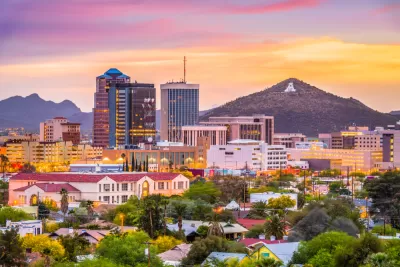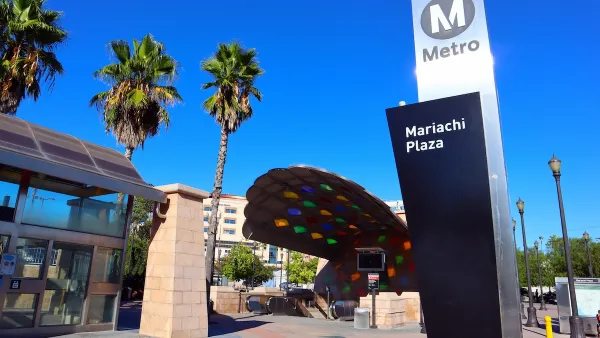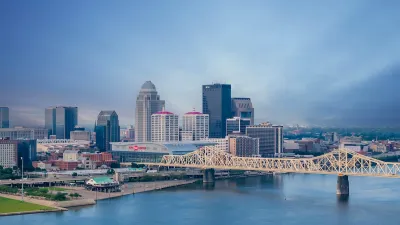Median rent in Tucson rose by 30 percent since a year ago, prompting fears of displacement among many residents struggling to afford housing.

“Rents are going up all over Arizona, as they are across the country, but Tucson, once considered sleepy and affordable, has seen a particularly painful spike.” As Brenda Muñoz Murguia reports in Phoenix Business Journal, “The median rent in Tucson in June was $1,795, up 30% from June 2021, according to Zillow data as of publication.” This is leading many longtime residents to relocate farther from the city center to more affordable neighborhoods.
“The redevelopment and push for upscale housing has put particular pressure on west Tucson and downtown.” According to the article, “Older neighborhoods that traditionally were lower income and predominantly Hispanic are transitioning to market-rate housing, pressured by new developments in nearby areas, with apartments renting for as much as $3,000 a month.”
Murguia points to one major factor impacting the desirability of these areas: the city’s “Government Property Lease Excise Tax, or GPLET, a tool that gives the city authority to grant incentives to build in particular areas.” Since its inception, Tucson has entered into 24 GPLET agreements, some of which converted affordable senior housing to luxury rentals. It should be noted that a 2021 study by University of Arizona professor Gary Pivo “found that GPLET projects were not the cause of gentrification, mainly because they constitute a small part of downtown development. However, it also said the GPLET program could do more to help people and businesses being displaced.” Pivo’s report “said GPLET should look for opportunities to create affordable housing for people who earn less than $35,000 a year.” Anecdotally, the article features the stories of several Tucson residents who struggle to afford housing and have had to move as rents rose.
FULL STORY: Rent hikes, downtown boom spur gentrification of older Tucson neighborhoods

Planetizen Federal Action Tracker
A weekly monitor of how Trump’s orders and actions are impacting planners and planning in America.

Restaurant Patios Were a Pandemic Win — Why Were They so Hard to Keep?
Social distancing requirements and changes in travel patterns prompted cities to pilot new uses for street and sidewalk space. Then it got complicated.

Map: Where Senate Republicans Want to Sell Your Public Lands
For public land advocates, the Senate Republicans’ proposal to sell millions of acres of public land in the West is “the biggest fight of their careers.”

Maui's Vacation Rental Debate Turns Ugly
Verbal attacks, misinformation campaigns and fistfights plague a high-stakes debate to convert thousands of vacation rentals into long-term housing.

San Francisco Suspends Traffic Calming Amidst Record Deaths
Citing “a challenging fiscal landscape,” the city will cease the program on the heels of 42 traffic deaths, including 24 pedestrians.

California Homeless Arrests, Citations Spike After Ruling
An investigation reveals that anti-homeless actions increased up to 500% after Grants Pass v. Johnson — even in cities claiming no policy change.
Urban Design for Planners 1: Software Tools
This six-course series explores essential urban design concepts using open source software and equips planners with the tools they need to participate fully in the urban design process.
Planning for Universal Design
Learn the tools for implementing Universal Design in planning regulations.
Heyer Gruel & Associates PA
JM Goldson LLC
Custer County Colorado
City of Camden Redevelopment Agency
City of Astoria
Transportation Research & Education Center (TREC) at Portland State University
Camden Redevelopment Agency
City of Claremont
Municipality of Princeton (NJ)





























